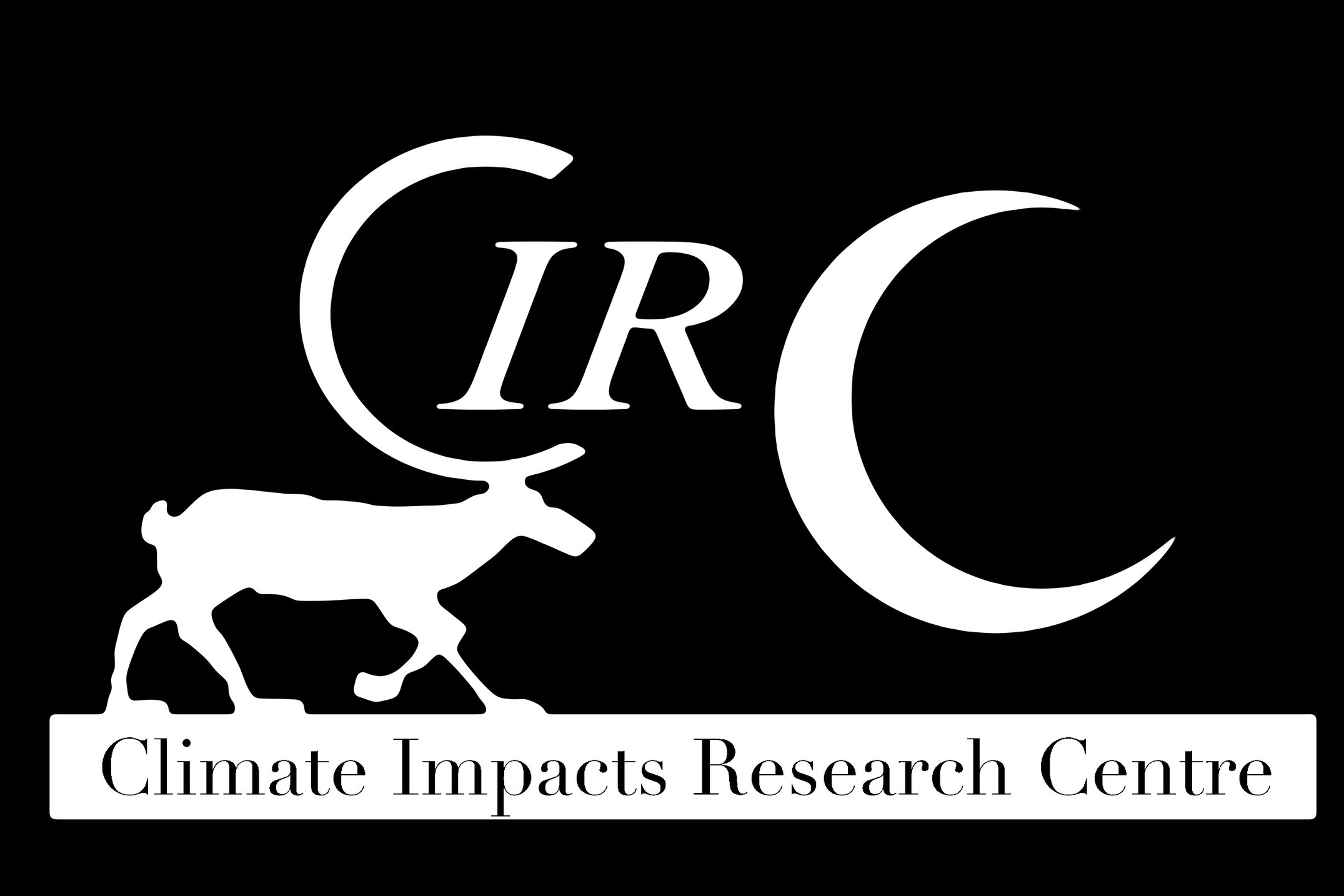Integrating indigenous and local knowledge to understand a century of Arctic ecosystem change
Project Summary
Global warming is increasing biological productivity in Arctic ecosystems, resulting in increased plant biomass, shifting treelines, and shrub zone expansion – also known as "Arctic greening". The aim of this project is to disentangle the effects of climate warming and land use over the last century on Arctic vegetation. We hypothesize that tree and shrub abundance will be strongly related to temperature if herbivory is light, creating a "browsing escape". Conversely, where herbivory is high enough, trees and shrubs will be held in check, causing a "browsing trap" where the plants will not respond to increases in temperature. Finally, where there is a relaxation of herbivory from a previous high state, plants will respond even stronger or faster to an increased temperature, leading to a "browsing release". To test these hypotheses, we will use a historical data from the Reindeer Commission of 1913 with detailed vegetation information from 400 transects within a 15000 km area of northern Sweden and Norway, complemented with a time series of aerial photos. We will take a transdisciplinary approach, using the social-ecological system to integrate the knowledge of indigenous reindeer herders and local livestock grazers to co-develop the study design and the interpretation of results. These results are vital to policy makers as greening can lead to self-reinforcing climate feedbacks caused by changes in surface albedo, earlier snow melt, and net ecosystem carbon dynamics.
Principal Investigators
Keith W Larson - Principal Investigator (Umeå University)
Jon Moen - Co-investigator (Umeå University)
Camilla Sandström - Co-investigator (Umeå University)
Isabelle Brännlund - Co-investigator (Umeå University)
Kari Anne Bråthen (UiT The Arctic University of Norway)
Funder
Formas - 2022-2023
Project Photos







